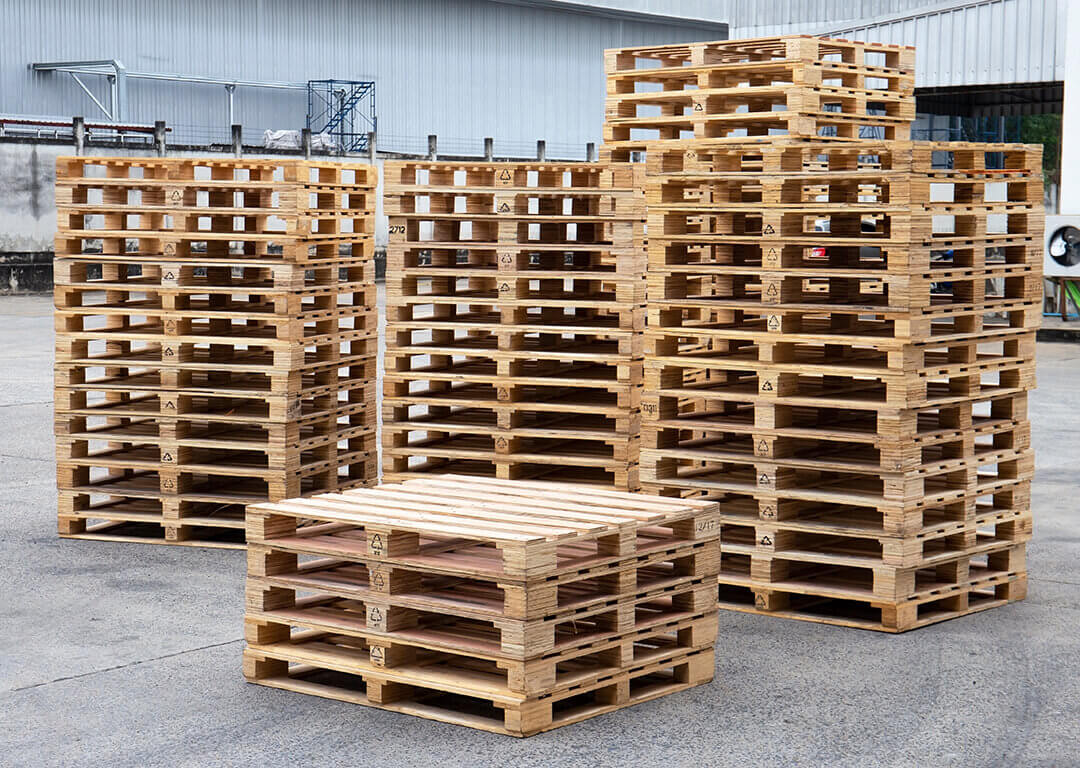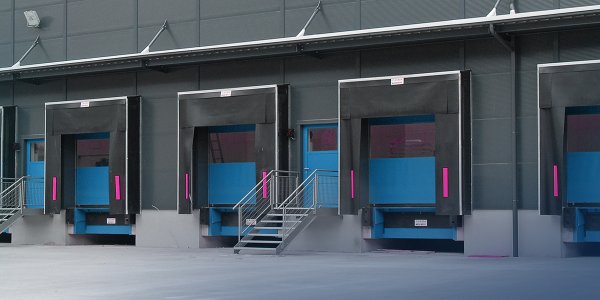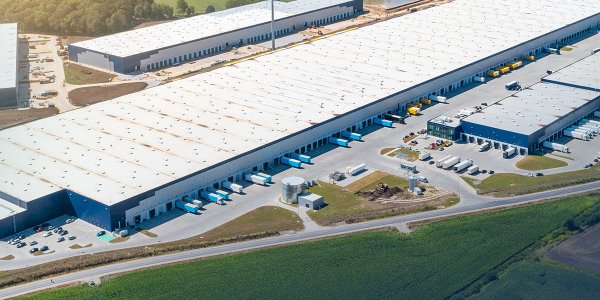In the inbound logistics process, packaging is about much more than just packing products for transport. Packaging plays a critical role in the supply chain. This is because stackability, optimisation by storage space and recurring packaging with the same suppliers and quantities enable process cost reductions, greater sustainability and higher customer satisfaction.
What are the benefits of effective packaging management?
Let's talk numbers - because at the end of the day, it's the numbers that matter in business, right? Efficient packaging management is like the secret ingredient that can boost supply chain performance and reduce costs. Did you know, for example, that optimised packaging can
- can reduce shipping costs by up to 20%?
- save a lot on materials and transport?
- also means less waste?
What else should you consider with packaging and containers?
It goes even further: the yard is the nerve centre of operational logistics. This is where effective packaging management can improve even well-running processes. Imagine products that are packaged in such a way that they speed up loading and unloading and make yard logistics child's play. This is not a pipe dream, but a realisable vision with the right packaging that can be handled quickly, efficiently and safely.
At least as important as the packaging itself, however, is the digital mapping of this and the systemic provision of data about it to other parties: How many pallets will the next delivery arrive on? This information is essential for reliable unloading planning. How many and which load carriers does my business partner, e.g. forwarder or supplier, have in circulation? What is the respective account balance and what is still in stock?
A lot of money is at stake here and it is not uncommon for loading equipment to be lost. Clean digital account management between the supply chain partners can help here. However, this requires an IT solution that also offers these functions, e.g. digital notification at material and packaging level or container account management.
An example process thought through from end to end
An important topic here is labelling. In the best-case scenario, the process runs as follows: As the recipient of the goods, you order goods including packaging instructions. Your supplier is informed digitally, notifies you of the quantities and delivery times and specifies the packaging used based on the regulations. The appropriate packaging labels are then automatically created in a shared digital collaboration platform. The supplier prints these and affixes them to the goods.
At the same time, inbound deliveries are generated in the ERP system, which the supplier or their carrier uses to book appointments for delivery to you. You track the status of the truck on the collaboration platform. As soon as it arrives, the yard check-in and then the call-off to the loading gate take place. After unloading, the employees in the warehouse can scan and store the goods directly; ‘Goods Receipt’ is booked. This is what an ideal inbound process including packaging management could look like, which massively reduces the administrative effort in goods receipt, as the goods do not have to be ‘re-labelled’ by you. The knock-on effect? Improved transport, yard and warehouse management - in short, a perfect symbiosis of operational logistics.

What are challenges and solutions in packaging management?
Of course, Rome wasn't built in a day, and neither is an optimised packaging strategy developed overnight. Companies face a number of hurdles, from the cost of redesigning packaging to ensuring durability during transport. The solution? Be open to innovation. Think reusable materials, modular designs, intelligent packaging and, above all, powerful IT solutions that also think about packaging and load carriers. It's about thinking outside the proverbial box to find strategies that work for your business and strike the balance between protection, cost and sustainability.
To top it all off, effective packaging management is more than just boxes and tape; it's a cornerstone of efficient logistics. By focussing on smarter packaging solutions, companies can reduce costs, simplify processes and even improve their sustainability strategy. With this in mind, let's give packaging and loading equipment the attention it deserves in operational logistics.

